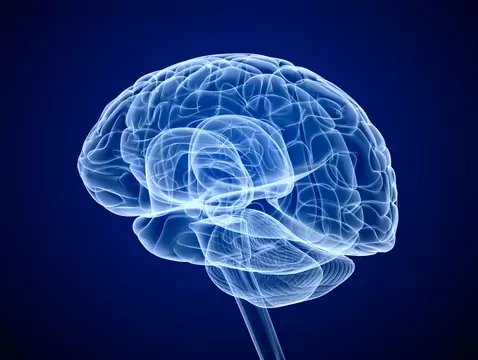This article discusses the most relevant issues related to the pharmacological treatment of epilepsy in children.
Most clinicians are of the opinion that antiepileptic treatment should be initiated in a child after a second febrile and unprovoked seizure. Febrile seizures are therefore not subject to this rule, as they do not have the character of an epileptic seizure. Clinical studies also show that the earlier use of antiepileptic drugs, e.g. immediately after the first seizure in life, does not lead to a better prognosis in terms of rapid seizure control or the possible development of drug-resistant epilepsy. On the other hand, if the first seizure in life progresses to cluster seizures then antiepileptic treatment should be started immediately without waiting for the next seizure to occur.
Conclusion:
- The basic rule is to introduce antiepileptic treatment after the second non-fatal seizure.
- The exceptions are cluster seizures or status epilepticus, in which case it is reasonable to introduce treatment after the first seizure incident.
- Administering treatment after the first seizure does not improve the prognosis for the cessation of seizures but may expose the child to the risk of side effects.
The choice of drug depends on several factors, the most important of which is the type of epileptic seizure and possibly the diagnosis of a specific epileptic syndrome. Antiepileptic drugs are currently divided into first-, second- and third-line drugs, so the rule is to introduce one of the first-line drugs after the second epileptic seizure. Currently, the first-line drug of choice for generalised seizures and epileptic syndromes with generalised seizures is valproic acid ( VPA), while for focal seizures and syndromes with focal ( partial) seizures it is carbamazepine (CBZ). However, many clinical studies show that both drugs are equally effective in both generalised and partial seizures. In cases of children with typical absence seizures, ethosuximide is the drug of first choice, but in practice, VPA is most often used first in these patients and ethosuximide is sometimes used in add-on therapy, i.e. as a second-line drug. A completely separate clinical and therapeutic problem is the flexion spasm syndrome, or West syndrome, in which vigabatrin ( VGB) in Europe and adrenocorticotrpic hormone in the USA are first-line drugs. For neonatal seizures, the drug of choice is phenobarbital.
In the majority of patients, more than 70 per cent, seizures are successfully controlled with one of these drugs. Moreover, these patients usually do not require hospitalisation, but only regular outpatient follow-up and periodic examinations. In contrast, the introduction of a second drug, i.e. the use of polytherapy, results in an improvement in another 5-10 per cent of children. Treatment with a combination of three or four antiepileptic drugs remains controversial. According to some authors, such therapy increases the risk of side effects and possible drug interactions and does not bring about a real improvement in the patient's functioning and better seizure control.









